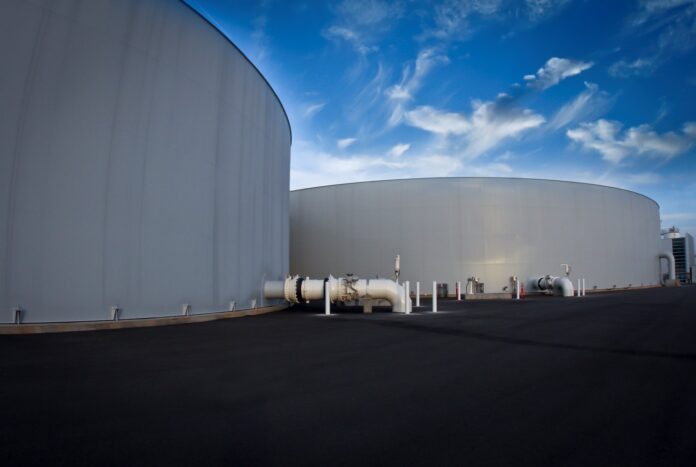
California is in the midst of the most severe drought on record and historic water restrictions have been implemented in different areas across the state. January, February, and March were the driest months on record dating back over 100 years, with just six inches of precipitation observed across the Sierra Nevada mountains.
Earlier in the year, the Department of Water Resources (DWR) announced a mere 5% allocation of requested supplies from the State Water Project, water from northern California which on average provides 30% of southern California’s water supply. On May 1, DWR found no snow to measure at Phillips Station in the Sierra Mountains for the last survey of the 2022 water year. State officials use snowpack as a key component of its water supply forecast.
The latest restrictions to be announced are those from the State Water Resources Control Board, who on May 24, adopted emergency water conservation regulations focused on urban water use efficiency and conservation. These regulations require all local water suppliers to implement Level 2 of their Water Shortage Contingency Plans or take customized steps to ensure their communities are using water efficiently which could include limiting outdoor water use to two days a week or ban watering during the hottest parts of the day, for example. Cities and water agencies across the state will have to ensure these plans are in effect by June 10.
Over the years, our communities have been working hard to implement water-efficient practices in their homes and businesses and have taken advantage of the many resources and rebates available to them through their cities and retail water agencies. We encourage this continued lifestyle and to use every drop of water efficiently, especially as we enter the hot summer months ahead.
Recurring and more frequent drought cycles are the new normal in California. At the Orange County Water District (OCWD), we are fully committed to increasing and diversifying our local water supplies so that we can be prepared for inevitable future droughts and provide water for generations to come.
Since the previous drought from 2012-2016, OCWD has worked hard to substantially refill the Orange County Groundwater Basin (Basin), which provides 77% of the drinking water supply to 19 cities and retail water agencies, serving 2.5 million people in north and central Orange County. The District is also expanding water recycling at the Groundwater Replenishment System (GWRS) which will produce 130 million gallons of drinking water a day – enough to serve the needs of 1 million people daily – and increasing stormwater capture at Prado Dam through an innovative Forecast Informed Reservoir Operations (FIRO) application which will add 7,000 acre-feet of water annually into the Basin through more precise weather forecasting, runoff modeling and watershed monitoring – creating a new water supply for approximately 60,000 people per year.
Conservation will continue to be a part of our everyday lives, but it is our responsibility as water leaders to evaluate all new water supply options given the instability in our climate and scarcity of imported supplies.
If you have questions about your community’s water supply or local ordinances, we encourage you to contact your water provider like the City of Westminster Water Division.
To learn more about how we’re increasing water supplies at OCWD, visit OCWD.com.
This Orange County Water District article is provided by Tri Ta, mayor of Westminster and OCWD director of Division 4, serving Los Alamitos, Seal Beach, and parts of Cypress, Fountain Valley, Westminster, and Buena Park. You can reach him at TTA@ocwd.com.
